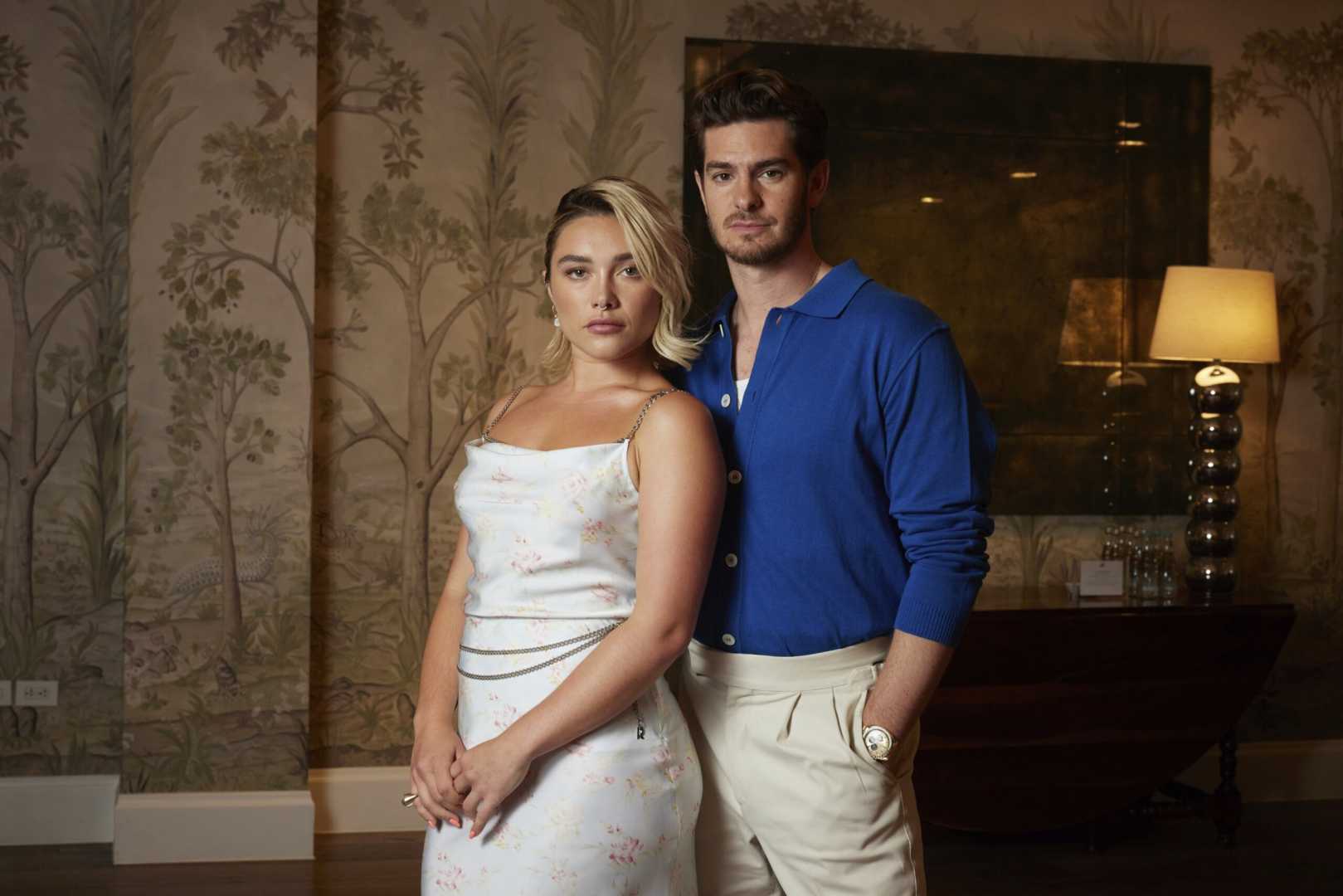Entertainment
Crafting On-Screen Chemistry: Insights from “We Live in Time”

Director John Crowley‘s latest drama, “We Live in Time,” featuring actors Florence Pugh and Andrew Garfield, has gained attention for its unique approach to cultivating on-screen chemistry. Despite the actors initially being unfamiliar with each other, Crowley noted their “mad chemistry” early in rehearsals. However, achieving this on film involves more than luck; it requires careful nurturing.
The film, which premiered at the Toronto International Film Festival, follows the relationship of a couple—Almut, an ambitious chef played by Pugh, and Tobias, a marketer for Weetabix portrayed by Garfield—as they navigate life’s joys and challenges, including Almut’s recurring battle with cancer. Garfield noted, “It’s about how I want to live—I want to feel scared and go for it anyway…it’s a reminder that the only road to vitality…is through courage and risk.”
Casting the right pair was essential for the film’s success. Crowley emphasized Garfield’s emotional depth, having previously worked with him on the film “Boy A,” stating, “He’s a profoundly emotional actor, he’s marinated in it.” Meanwhile, Pugh’s fearlessness reminded him of “the young Kate Winslet,” showcasing a strength and vulnerability needed for the character of Almut.
Crowley also highlighted the importance of modulating chemistry rather than allowing it to peak too soon. During rehearsals, the director often had to “pull them back” and focus their energy, ensuring emotions were authentic when captured on camera. Pugh described her collaboration with Garfield as “making magic,” as they brought raw emotion and realism to their scenes.
One of the film’s centerpieces is a deeply challenging scene of Almut giving birth in a motorway gas station. Pugh, who had never experienced childbirth in real life, relied on guidance from a midwife to authentically portray the intense moment. The scene was filmed without cuts, creating a visceral, immersive experience for the audience. “It felt like we conjured a sacred energy in that room,” Garfield reflected on the shoot.
For Crowley, creating cinematic chemistry involves inviting it rather than forcing it. He explained, “You can manipulate performances, you can push, you can cajole…But you can’t make chemistry happen. You just invite it and hope.” As viewers anticipate “We Live in Time,” these insights offer a glimpse into the thoughtful process behind its captivating performances.












